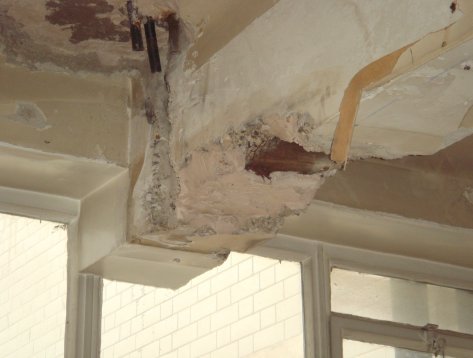Another central London building protected against Regents Street disease
Bouverie House in Fleet Street, London is a steel framed building constructed in the style typical of the early 20th century era and it was noticed that the cladding on the building had begun to display various signs of detioration and cracking.
The building is clad in a variety of different materials including granite, Portland stone, glazed brick and a mixture of London brick stock. As was normal at the time the structure was built, the masonry and cladding were tightly built against the steel frame and the inward face of the building was incased in concrete. As a result of this form of contruction of the building, the structural steel members, beams and columns, had started to corrode and the building displayed various signs of distress and deterioration such as cracking and displacement of the masonry and cladding.
In order to prevent further corrosion related deterioration of the façade it was decided that the most cost effective method of refurbishment was to install a corrosion prevention system and only repair the visually noticeable areas of cracking and movement. The only other option would have been to remove ‘all’ the cladding and brickwork, sandblast and coat the structural steel members, and then replace the cladding and brickwork.
A corrosion survey and trials were first required to be carried out to determine the specific areas where cathodic protection was necessary (the building has 14 elevations!), if cathodic protection was a feasible option and then to determine the number of anodes to be installed. The trials were a success and the final design was carried out and the works put out to tender.
Concrete Repairs Limited were awarded the work, and after some negotiation a decision was taken to install the discrete anodes from the inside. As the building was empty this made pefrect sence; it reduced the risks of working from height as well as reducing the time the access works/scaffolding was required.
The works entailed the supply and installation of;
-
- Locate steel frame and make connections,
- Drill and install 1637 anodes ,make good finishes,
- Supply and install 51no reference cells,
- Supply and install 7 no distribution out stations for reference cells,
- Supply and install main TR control unit (with remote monitoring), and
- All associated wiring to complete Cathodic Protection system.

"Once all the refurbishment and re-decoration works were complete no-one was able to tell that there was a system installed that was protecting the steel members from corroding. That is the beauty of cathodic protection, - it just works silently in the background."
Michael Balletta | Infrastructure Manager | CRL























